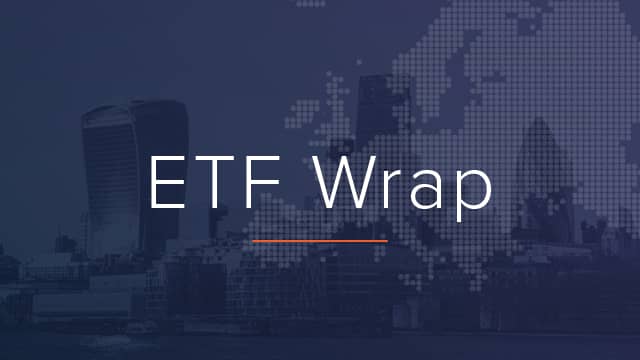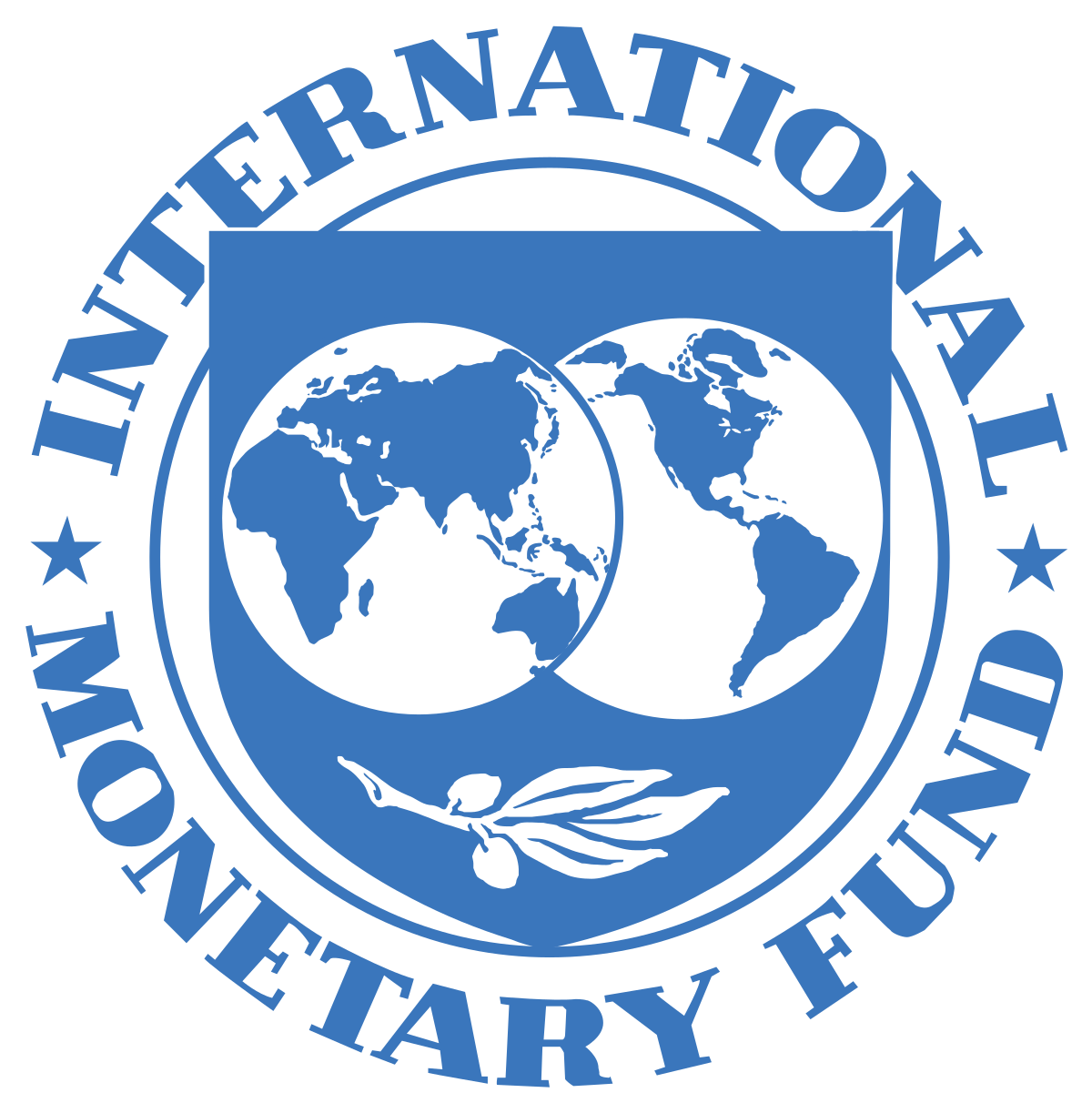There are no prizes for guessing interest rates will be chopped as inflation falls and economies continue showing signs of weakness, however, the key debates are around whether such rate cuts will occur by the end of the year and whether currently hawkish monetary policy is just a brief interruption from usual programming.
Investors are already gearing up for a reversal to the fastest rate hikes in 40 years sooner rather than later. In Europe, a combined $985m has been pulled from the iShares $ TIPS 0-5 UCITS ETF (TIP5) and the Lyxor 2-10Y Inflation Expectations UCITS ETF (INFL), as at 12 April.
The US has moved in step, with investors pulling $2.5bn from the Schwab U.S. TIPS ETF and the iShares TIPS Bond ETF over the same timeframe.
More significantly, many are not just betting on falling inflation but also a direct change in policy, with the Lyxor US Curve Steepening 2-10 UCITS ETF (STPU) booking $843m inflows since the start of the year – the second-highest of any bond ETF in Europe – as investors bet on a fall in US Treasury yields on the short end of the curve.
Signals in recent weeks also support these allocations. Last Wednesday gave markets the first signs of cracks in the jobs market, with payroll processor ADP announcing US private businesses created 145,000 jobs in March, below the 200,000 forecast.
Earlier this week, markets were pricing in an a Federal Reserve rate cut by the end of the year with an 88.1% probability.
The International Monetary Fund’s (IMF) World Economic Outlook added while “highly uncertain”, its base case is for interest rates to return to pre-COVID-19 levels.
“Recent increases in real interest rates are likely to be temporary,” it said. “When inflation is brought back under control, advanced economies’ central banks are likely to ease monetary policy and bring real interest rates back toward pre-pandemic levels.”
Luke Bartholomew, senior economist at abrdn, added: “Investors may find this period of high interest rates was simply a brief interruption of the low-rate world they have been dealing with since the Global Financial Crisis.”
These optimistic predictions were then supported as the Bureau of Labor Statistics announced US headline inflation had dropped to 5% year-on-year in March, down from 6% in February to its lowest reading since May 2021.
However, investors should not think all news on inflation is one way traffic. Last week, oil prices – a key sticking point last year – shot up 8% as OPEC and allied countries announced plans to cut global oil production by one million barrels per day (bpd), adding to the two million bpd cut announced in November last year.
Ole Hansen, head of commodity strategy at Saxo Bank, said the move “could bring in doubt” about expectations of a 50-basis point cut to the Fed funds rate by the end of the year.
More broadly, BlackRock’s Investment Institute suggests the Fed will likely cease rate hikes but “sticky inflation” will prevent rate cuts this year.
Aside from just questioning a rate cut in the short-term, the world’s largest asset manager questions whether a return to pre-pandemic monetary conditions will be possible in any form.
“The magnitude of our tactical overweight is now closer to our longstanding overweight from a strategic view of five years and beyond as structural trends like ageing populations, geopolitical tension and the energy transition keep inflation higher,” it said.
Avoiding complacency remains the order of the day when making bets on monetary policy in 2023.
Active woes reflected in fixed income
S&P Dow Jones Indices’ latest SPIVA Europe scorecard was the first to include data on fixed income funds – and it showed a damning overlap between the long-term outcomes of bond and equity active managers.
Over the decade to the end of 2022, 44.5% of 262 euro, 33.9% of 62 sterling denominated and 37.9% of US dollar denominated government bond funds survived, with 88.2%, 96.8% and 96.6% underperforming their respective S&P iBoxx indices over the period.
This chimed with a similar trend observed a year earlier in global equity funds which also sported survivorship rates of under 50%.
Interestingly, the performance of active fixed income managers received an uptick last year as the uncertain yield environment prompted all but 23.5%, 41.9% and 39.1% of euro, sterling and US dollar-denominated government bond funds to outperform.





